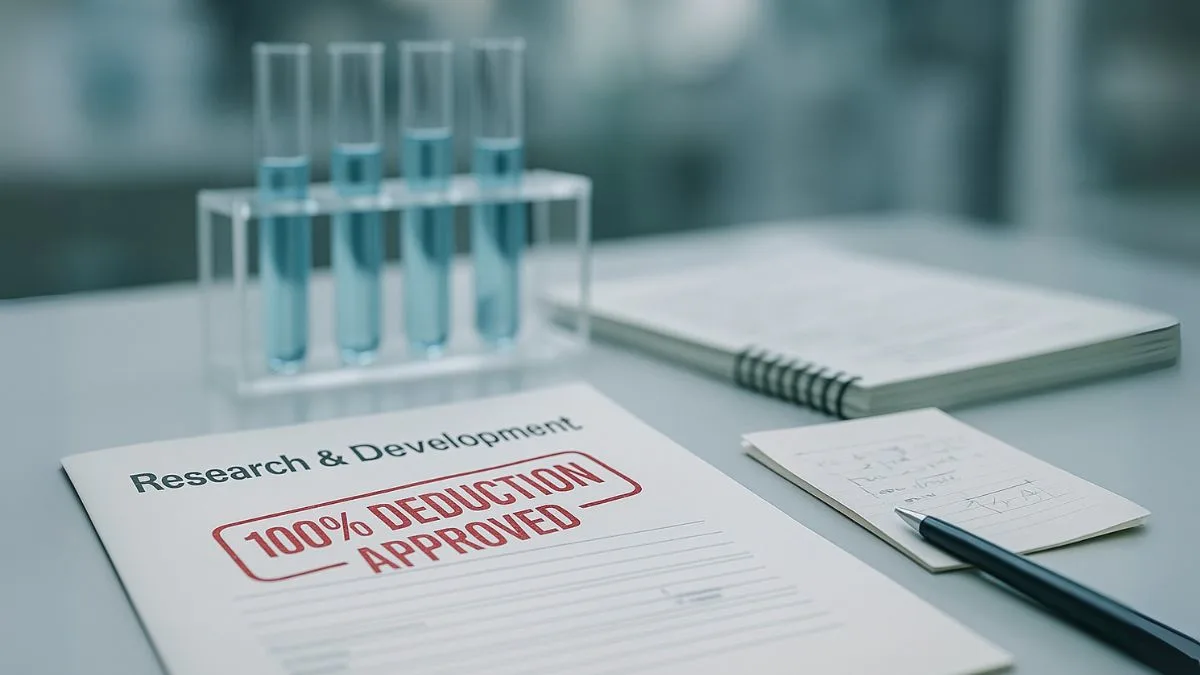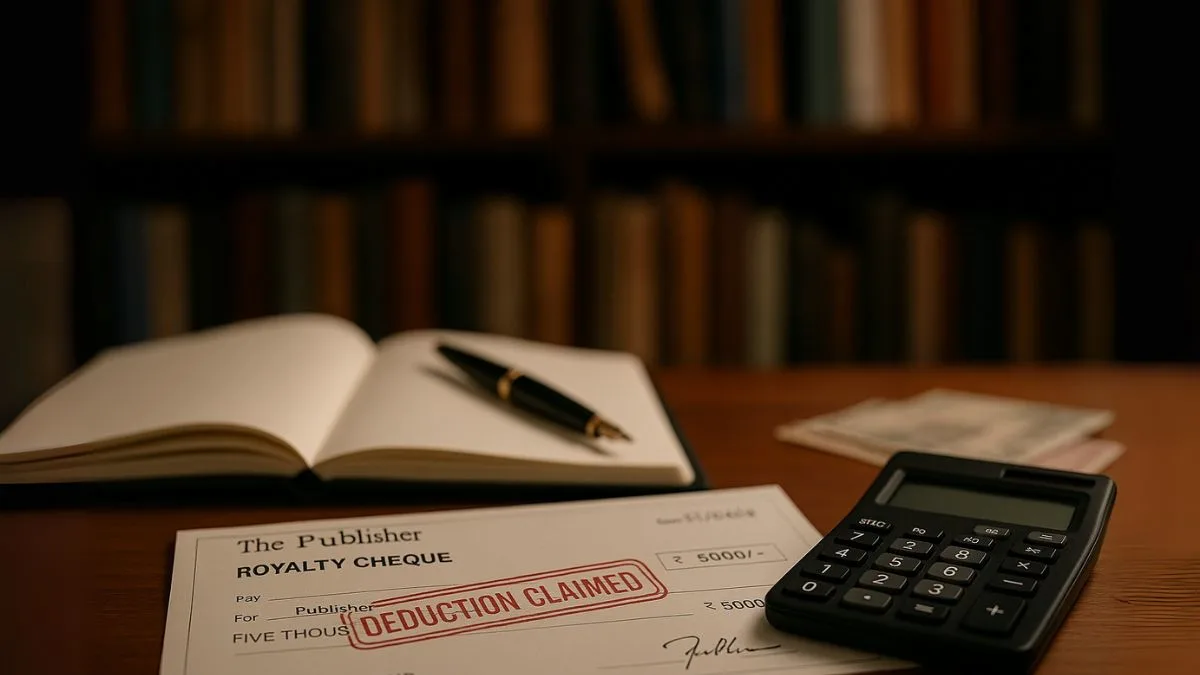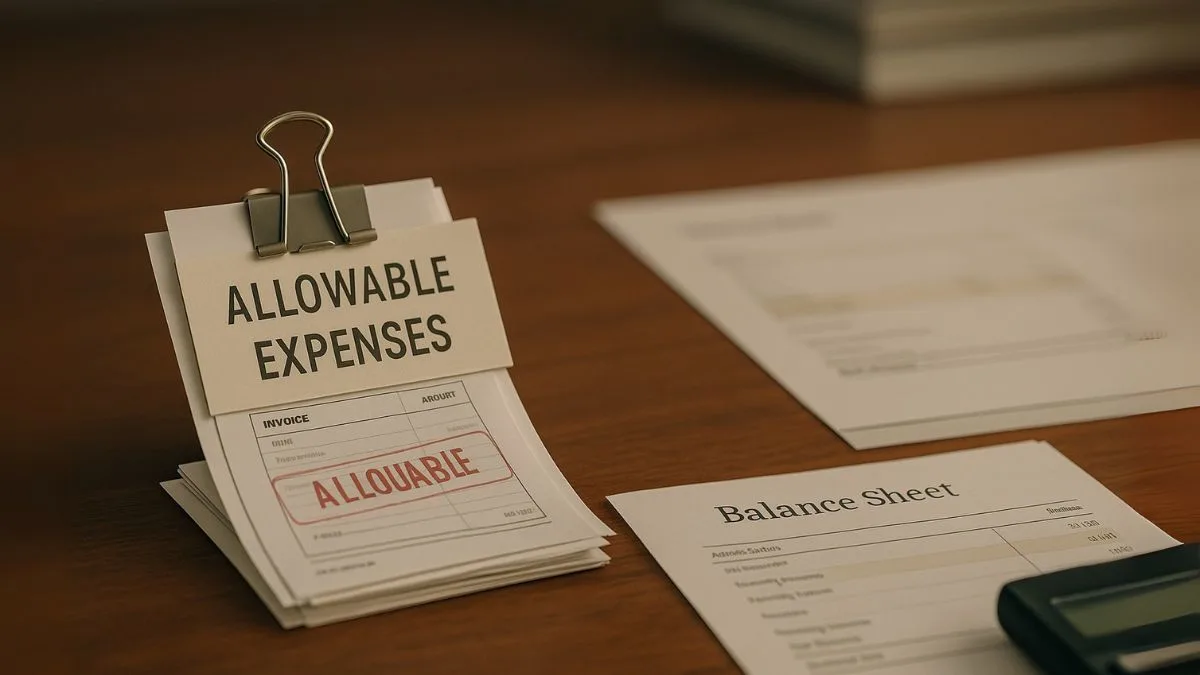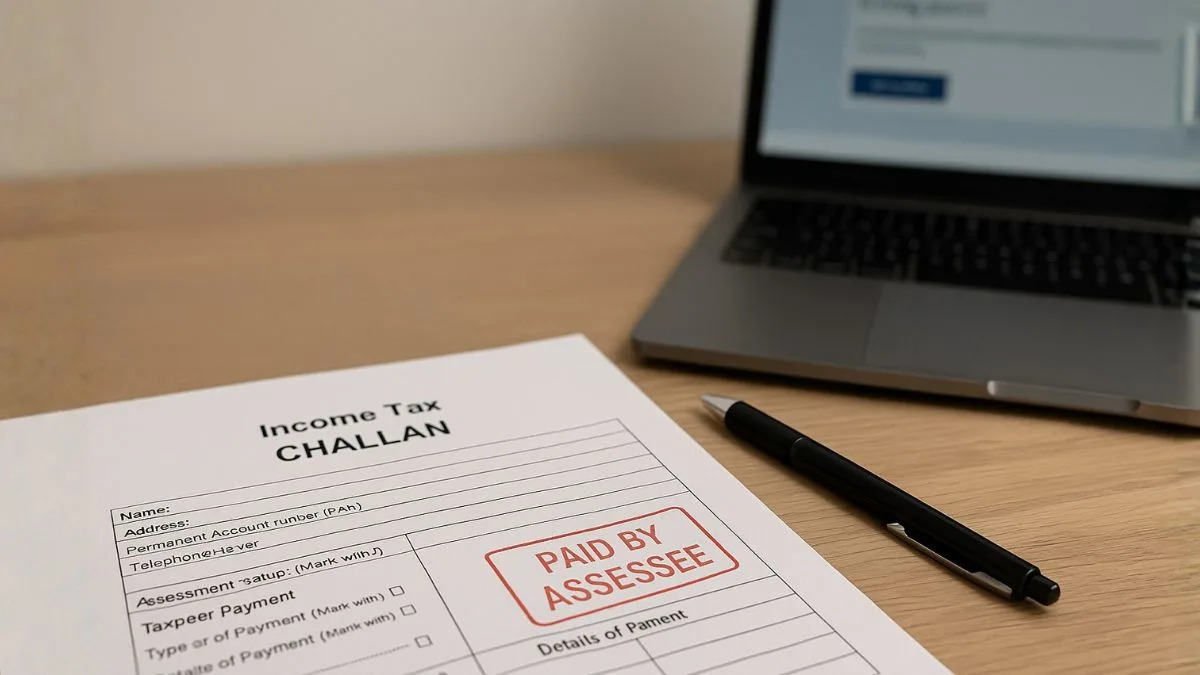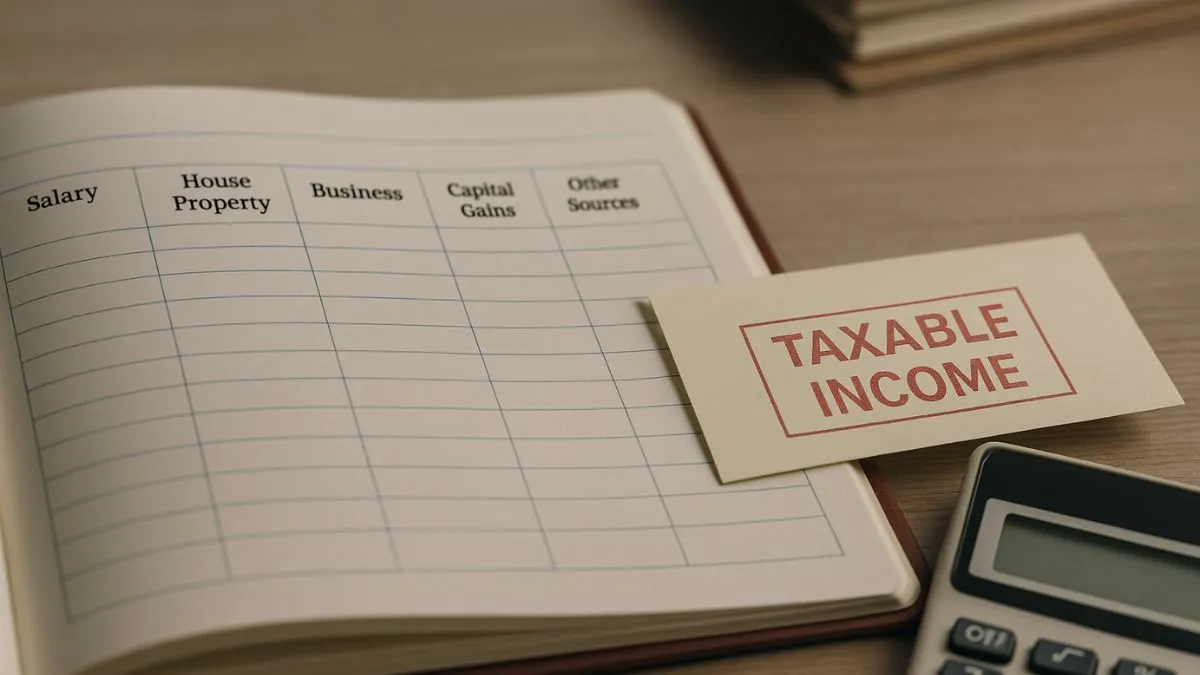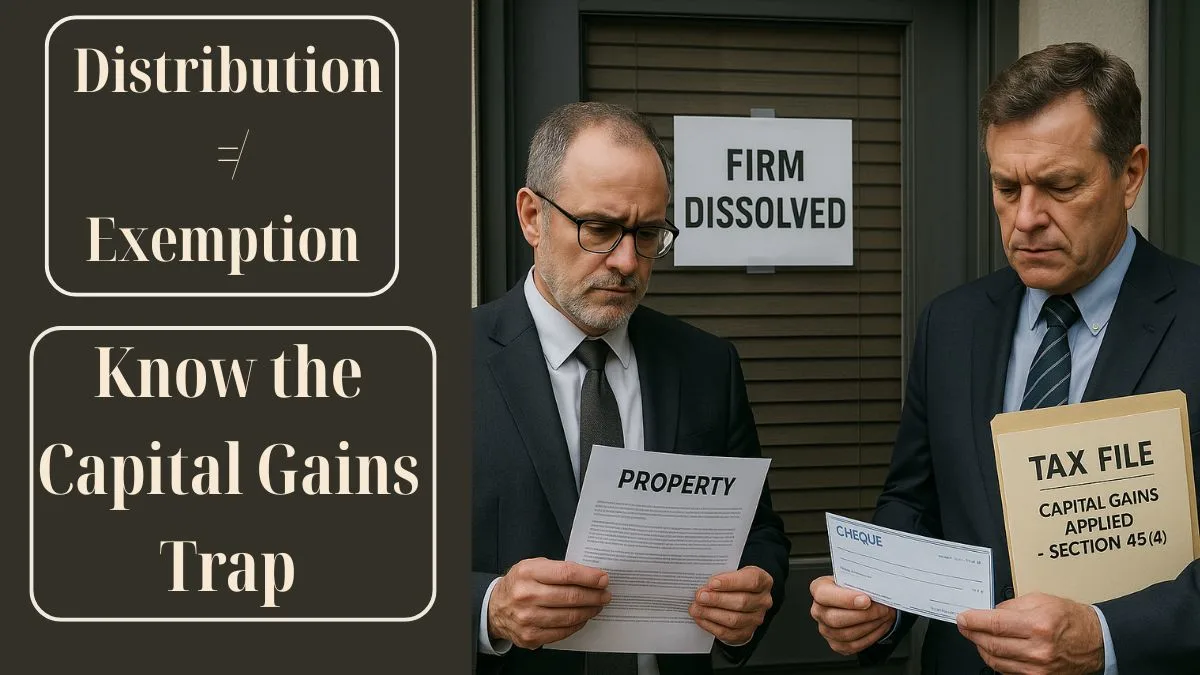
Taxation can often get complicated when it comes to the reconstitution or dissolution of firms. Section 45(4) of the Income Tax Act steps in to deal with one such complex scenario — capital gains arising when assets are transferred from a firm to its partners.
Whether it’s due to retirement, dissolution, or a change in the partnership structure, capital gain on the transfer of certain capital assets is a critical issue that must be addressed. This section ensures that firms don't avoid taxes simply by transferring assets to partners instead of selling them.
What is Section 45(4)?
Section 45(4) is the charging section for capital gains in cases where a firm or AOP (Association of Persons) transfers capital assets to its partners or members on dissolution or reconstitution. This section deals with the taxation of capital gains in such cases to prevent tax evasion & ensure fair play.
It clarifies that the amount chargeable to tax as income of a firm arises when such transfers are made, even though technically there may not be a “sale” as we usually define it. Still, it’s a “transfer” as per the Income Tax Act.
Applicability of Section 45(4)
The provision applies when:
- A capital asset or money is transferred by the firm to any of its partners or members.
- The transfer occurs due to reconstitution (change in partners or ownership).
- The fair market value (FMV) of the transferred asset is considered for calculating capital gains.
Essentially, the law doesn’t allow a backdoor exit from taxation. Whether the firm sells an asset or just hands it over to a partner, capital gain is applicable, & the income will be taxed accordingly.
Example of Section 45(4) in Action
Let’s assume a firm owns a piece of land purchased for ₹50 lakhs, & on reconstitution, it transfers the land to Partner A. The FMV of the land at the time of transfer is ₹1.5 crore.
According to Section 45(4):
- The firm is deemed to have transferred a capital asset.
- The amount chargeable to tax as income of the firm will be ₹1 crore (₹1.5 crore - ₹50 lakh).
- This gain will be taxed as capital gains in the hands of the firm, not the partner.
This ensures the income doesn’t go untaxed due to structural reshuffling.
Judicial Precedents and Changes Over Time
Earlier, courts had conflicting views on how to interpret this section. But after the Finance Act 2021, Section 45(4) was amended to introduce clarity & align with the government’s objective of plugging tax leakages.
The amendments made it clear that even the transfer of money (not just assets) to partners can attract capital gains tax if such a payment is made during reconstitution out of the firm’s capital assets.
Conclusion
In summary, Section 45(4) acts as a watchdog over asset transfers by firms to their partners. It ensures fair taxation & plugs a major loophole that could otherwise allow firms to distribute assets without attracting tax. Whether you're a CA, partner, or business owner, knowing this section is vital if your firm is restructuring.
Need help navigating capital gains taxation for your firm? Visit Callmyca.com to consult expert Chartered Accountants who can save you from costly tax blunders—before it’s too late.


